Wheat Harvest Fast Approaching
An unusual winter leads to the potential for an unusually early wheat harvest in 2017. With the mild, almost spring-like weather in January and February, the winter wheat crop is well ahead of its normal pace in development. Many expect some harvest activity early June. Others think that the harvest will not kick in to full swing until closer to mid-June. Regardless, in southern Illinois a lot of activity will be going on at once including spraying, soybean planting and side-dressing corn at the same time as harvesting wheat – a quadruple whammy! The great unknown right now is the yield potential [...]
Soybean Planting Tips to Start the Season Right
This article was originally posted by Syngenta's Know More, Grow More agronomy blog Plant early: Typically, most soybeans are planted between late April and early May. In a Purdue University study, soybeans that were planted in early May consistently produced higher yields than those planted later, across all regions in Indiana. However, before planting, growers should make sure to check the recommended planting conditions for their area. Plant in ideal soil conditions: Although planting early is typically the most beneficial, waiting for optimal soil temperature and conditions takes priority to timing. Planting when soils are too wet or too cold can reduce emergence [...]
Impressive Moth Flights across Midwest
Article originally posted on the Bulletin. Impressive moth flights have not only kept the Illinois insect monitoring network cooperators busy, but neighboring states are reporting lots of black cutworm and true armyworm moth activity as well. The current forecast and planting progress has raised questions about the potential for these pests in the coming weeks. With the assistance of University of Illinois Extension educators, producers and industry volunteers, nearly 60 trap sites have been established across Illinois. Captures of both black cutworm and true armyworm have been common across the state. Several counties have reported significant flights (nine or more moths caught [...]
Be Ready for Early-Season Soybean Insects and Diseases
Article originally posted by Syngenta's Know More, Grow More agronomy blog Early-season insects: Bean leaf beetle: This pest tends to emerge early, often at the beginning of May. According to Kansas State University, the bean leaf beetle is one of the most economically harmful soybean insects in the nation. Most of the damage is caused by foliage- and pod-feeding adults, which can significantly reduce seed quality and yield Wireworm: This is another pest that tends to emerge early in the season. According to Purdue University, wireworms have the ability to completely hollow out a soybean seed. They can also cut off small roots [...]
Cold Stress in Soybeans at Seeding
Soybean seeds experience their own form of hypothermia just like mammals do. Cold soils and cold water impact the seed more than you might think. A technical seed biologist would write: “Soybean germination consists first of a very fast uptake of water (imbibitional phase) followed by a much slower uptake of water (osmotic phase). Chilling during the first phase can cause severe problems because the imbibed water is needed to rehydrate the cotyledons and embryo to the point that cell membranes become functional and the physiological process starts. Cold temperatures can interfere with proper hydration of those membranes.” This [...]
Sudden Death Syndrome Could Strike Early-Planted Soybeans
Article originally posted on Syngenta's Know More, Grow More agronomy blog. (SDS) is one of the most destructive soybean diseases, affecting the majority of soybean-growing areas. SDS is often found in fields also infested with soybean cyst nematode (SCN), because SCN feeding causes root damage and creates gateways for this pathogen to infect the plant. SDS is caused by the soil-dwelling fungus Fusarium virguliforme and flourishes in cool, moist conditions, putting early-planted soybeans at risk. Although early-planted soybean fields typically produce higher yields, the University of Nebraska advises growers to avoid early planting in fields with a history of severe SDS. Another way to reduce the [...]
Increasing soybean’s ability to handle stress
Enroll in the 2017 Yield Challenge side-by-side comparison and test out a product that “immunizes” a plant to improve its ability to handle stress. Plants have natural defense mechanisms that enable them to handle stress, but by the time these defenses kick in damage has already been done and yield has been compromised to some degree. Wouldn’t it be nice to be able to “prime” the plant to withstand stresses before they occur? It would be just like us getting a flu shot every fall to combat cold viruses. Soybeans experience biotic (biological) and abiotic stresses that impact the [...]
Soybean Seed Treatment Evaluation at Emergence
Seeing is believing. Treating soybean seed is a good investment in yield. Billions of dollars are invested by many companies to bring the best seed treatment products to market. This year Burrus Seed expanded its seed treatment research using various treatment components, in research plots as well as on-farm trials. Keep in mind that many of the seed treatment components we evaluated aren’t currently available, so we are required to follow company evaluation protocols. Companies have their own data sets for their seed treatment packages, from various locations over many years. Results are often shown as “percentage of wins.” [...]
Testing Soybean Grains for Potassium Deficiency
This article was originally published on PotashCorp eKonomics. Identifying the cause — or in some cases, multiple causes — of lower-than-expected yields is a complicated task many farmers face after they finish harvest. While there are a number of diagnostic options available, some methods are much more effective than others. Soil testing is usually an adequate and reliable means of measuring soil fertility, and is generally used as a predictor of potential issues in future crops. In recent years, grain testing has emerged as a helpful trend for growers looking to determine if nutrient deficiencies — specifically potassium — were [...]
Variable seeding saves money
Variable-rate seeding is a practice you should adopt with today’s precision farming technology and hydraulically driven planters. Considering high seed costs, erratic weather conditions and low commodity prices, you can’t afford to overseed and lose money or underseed and lose yield. Changing seeding rate on the go based on soil type and yield history is an important way to improve farm profitability. When planting soybeans into better soil with higher yield potential, it’s best to lower the seed rate, while marginal soils or landscapes require higher seed rates. Establish your base population. It seems safe to say that most [...]

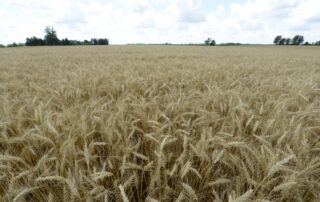
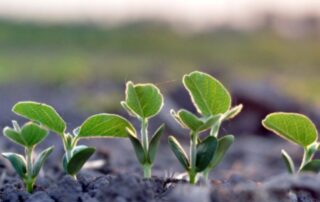
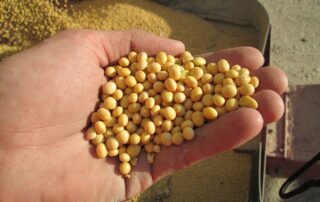
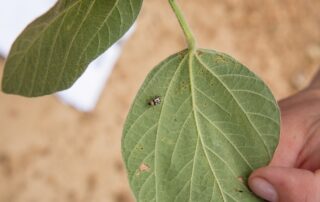
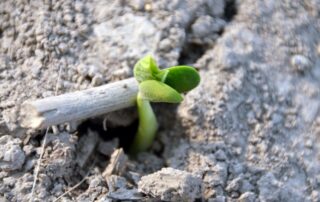
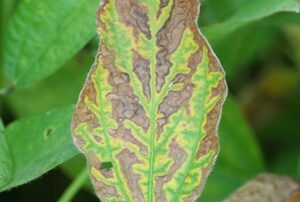
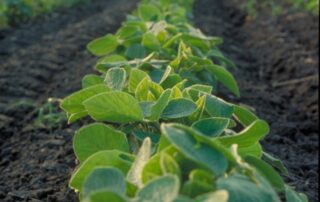
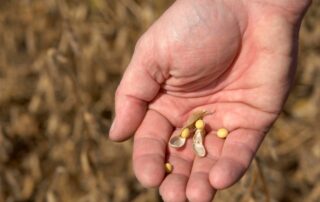
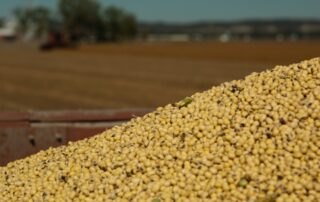
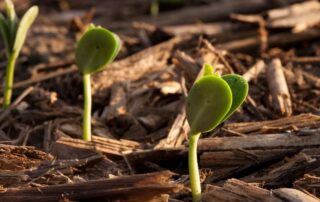

 and then
and then